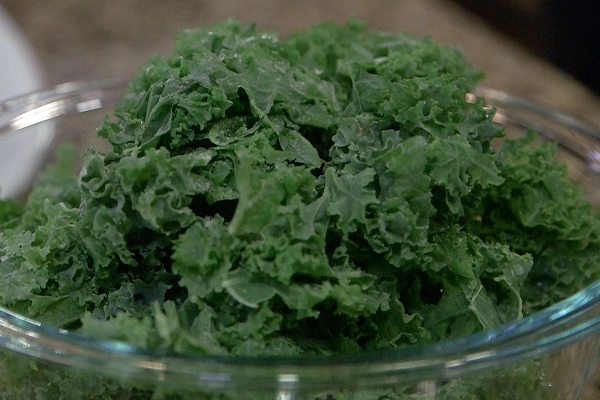How to make food green without artificial colors


The healthiest approach to adding green to St. Patrick’s Day foods and beverages is to find natural additives.
Natural vs. artificial
Natural coloring comes from plants, insects, rocks, and soil components, while artificial dyes are made from synthetic chemicals. Artificial dyes are everywhere — from breakfast cereal to soft drinks and vitamins.
The FDA has banned specific artificial colors, but plenty are still approved and on the market. Curious? Check your next bag of Skittles for lab-made colors.
Food color rules vary around the globe, and the U.S. tends to have fewer restrictions than other developed countries. For example, Kraft’s mac and cheese was criticized for using yellow dyes 5 and 6 in the U.S. while the British version uses no dye.
A major concern about artificial color is the purported link to hyperactivity in children, but studies are inconclusive enough not to force the FDA to require warning labels.
Going green
Most people are aware that fresh food provides more nutrition than processed food. That's why your best bet is to get color from food itself — like bright green broccoli.
You can find recipes online, but look for these colorings: liquid chlorophyll, matcha powder, spirulina powder (use sparingly), juice from parsley, wheatgrass or spinach, spinach powder or parsley powder.
Use a little heat and water with mashing to create intense shades. Natural colors will be more subdued than artificial, so experiment with quantities and combinations — and check for taste.
If you want ready-made color, here are some options: Maggie's Naturals, India Tree, and Nature's Flavors. They use plant, fruit and vegetable extracts.